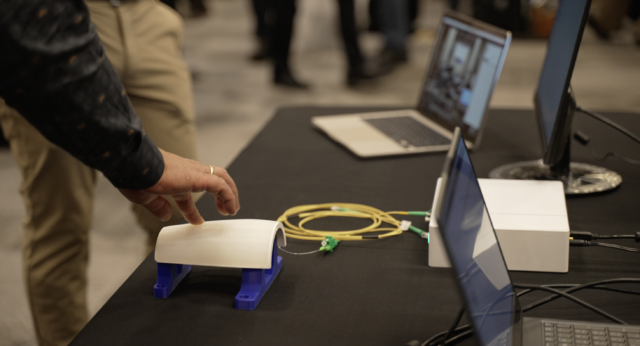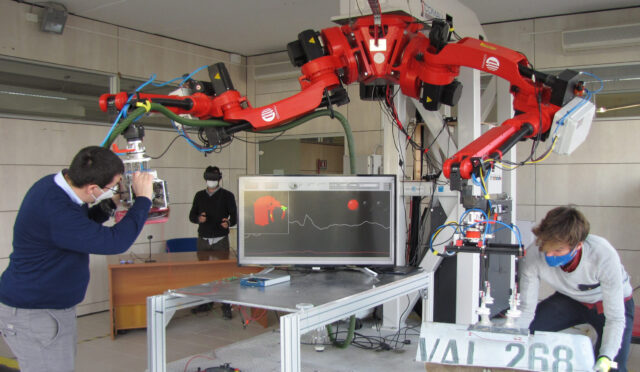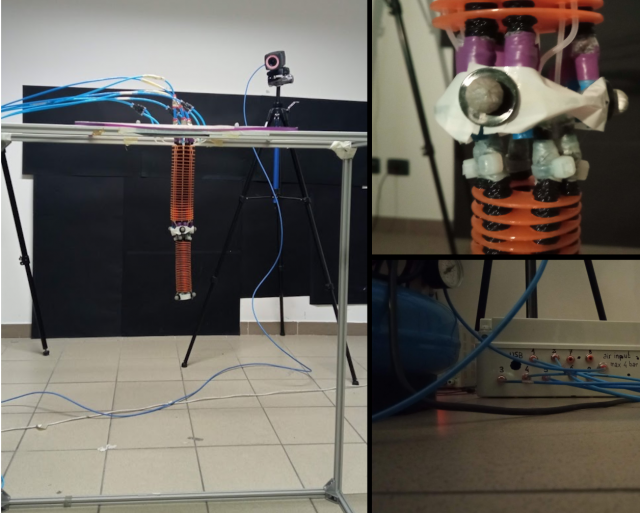HomeRobotic Database - Single Infrastructure | TERRINet


Address: Via Morego, 30,
16163 Genova GE, Italy
Website
https://www.iit.it/research/lines/icub
Scientific Responsible
Giorgio Metta
Lorenzo Natale
About
The iCub laboratory space hosts several research lines providing support on all aspects related to the robot design, modification, fabrication, programming and use in the daily research activities. Our skilled personnel consists of about 80 people, 60% of which involved in research, the remainder dedicated to engineering and administration. This same group is also supporting the iCub community at large managing a software repository of more than 5M lines of C++ code and about 150 active users. The laboratory presently sports four iCubs in different configurations as well as the machinery required to assemble, maintain and run the robots, measurement and calibration devices, and the ICT infrastructure. The iCub laboratory is 500m2. The Facility is equipped with the ICT infrastructure to run software repositories both open and protected depending on the project confidentiality level. This infrastructure is complemented by IIT’s central facilities, which include a mechanical workshop equipped with state of the art CDC machines.
IIT has milling machines for various standard jobs but also rapid prototyping machines for metal (laser sintering), polymers (e.g. ABS) and other tooling equipment as needed to build almost any robot directly in-house. An electronic workshop is available. Trained personnel complement the infrastructure at all levels (e.g. electronics reworking, robot maintenance, etc.). The iCub laboratory has one room equipped with a gantry system (for walking iCubs) and a 10-camera Vicon motion capture to monitor and record the robot’s performance.
IIT has additional equipment for motion capture (e.g. Optotrak) as well as for human behavioural recording (e.g. gaze tracking).
Presentation of platforms
Available platforms
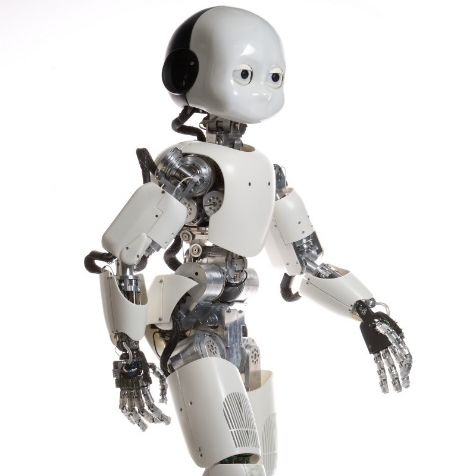
The iCub robot
The iCub is a humanoid robot designed to support research in embodied AI. At 104 cm tall, the iCub has the size of a five year old child. It can crawl on all fours, walk and sit up to manipulate objects. Its hands have been designed to support sophisticate manipulation skills. The iCub is distributed as Open Source following the GPL licenses. The entire design is available for download from the project’s repositories (http://www.iCub.org). Four robots are available in the iCub Facility at the Istituto Italiano di Tecnologia. The iCub is one of the few platforms in the world with a sensitive full-body skin to deal with the physical interaction with the environment including possibly people.
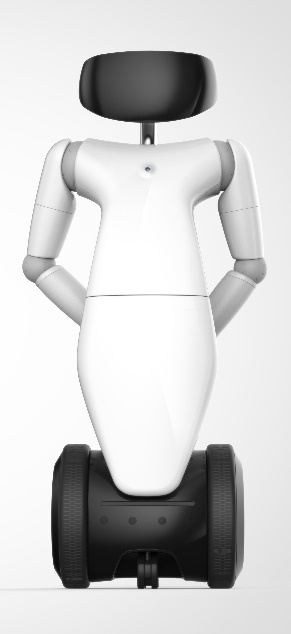
The R1 robot
R1 is a service robot designed at IIT starting from the experience and know-how of the iCub (with which it shares the software API). R1 is 1.3m tall. The torso is equipped with a mechanism that allows varying its height from a minimum of 1.15m to a maximum of 1.45m. R1 has an especially small footprint to move in cluttered office/home/mall environments. R1 is safe for interaction. Arm joints contain a simple torque overload protection, which behaves as a clutch mechanisms providing intrinsic safety. In addition, R1 can be torque controlled (active torque control) via read outs from two 6-axial force-torque sensors and tactile pressure sensors in the hands and forearms. R1 has two eight degree of freedom (DoF) arms. The target payload is 1.5kg in the fully stretched configuration – reaching at 0.7m distance from the robot’s body. The robot has two four-DoF, two degrees of actuation (DOA) hands. The hands are equipped with distributed pressure sensors, joint angle encoders and series elastic actuators to allow monitoring grip forces. The robot has a two-DoF head equipped with sensors and devices for HRI. The robot mounts an Xtion Pro Live RGBD sensor, for depth sensing. Higher performance depth sensors are possible. The head also mounts a Leopard Imaging OV580 twin camera module, which allows for multiple configurable video resolutions and sampling rates. The head also integrates eight microphones, a loudspeaker and a special, custom designed, programmable RGB LED matrix.

Laboratory space (equipment)
The laboratory space of the iCub Facility at the Istituto Italiano di Tecnologia is a fully equipped lab to support research and development in the field of humanoid robotics. It includes a complete electronics assembly, testing and re-working facility with the ability to design microcontroller and FPGA cards, develop firmware and system’s software, test motors and sensors. The iCub Facility sports workstations and engineers to design mechanics with a 10+ years of experience in humanoid robotics. The Facility includes four iCubs and two R1 robots (see related technical sheets). The computational infrastructure consists of servers and small clusters (including GPUs) to train and run machine learning algorithms. In addition, measuing equipment includes a 10-camera Vicon system for motion capture and a virtual reality system (with goggles, e.g. Oculus) to study teleoperation of humanoids in complex application scenarios.
Robotic support/performance measurement
Equipment at the iCub Facility allows evaluating performance of humanoid robots by measuring accurately their movements (10-camera Vicon system) and forces (via a force platform). In addition, for legged humanoids, we have a motorized gantry system that can follow the robot motion in the testing room while keeping the robot tethered for safety (in case of failure). In addition, we have a ”virtualizer” system that together with a sensorized suit and VR system allows experiments in the field of teleoperation of humanoid robots. For walking teleoperation (or ”in place” robot testing) we also have a standard treadmill which offers the possibility of testing walking humanoids on slopes of different degrees.


